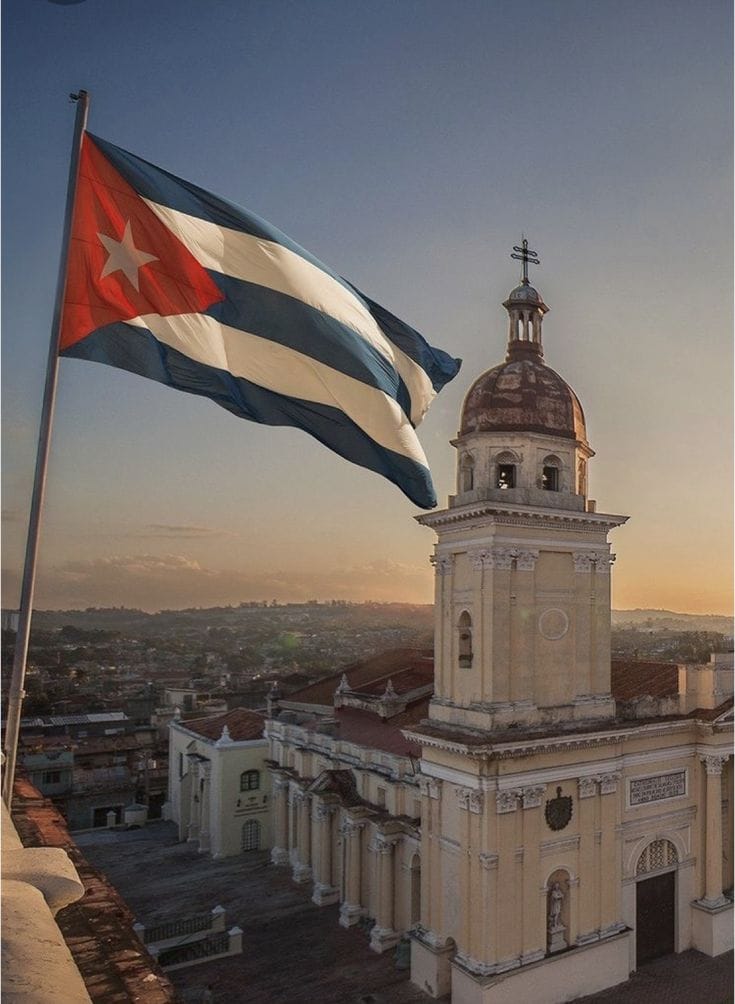The United States has long been a melting pot of cultures, and Cuban music has undeniably left its mark. From the bustling streets of Miami to the vibrant dance floors of New York, the infectious rhythms of the island nation have captured the hearts of millions.
The synergy between Cuban and American music is a rich tapestry woven with threads of history, migration, and shared passion. Cuban artists like Celia Cruz, Gloria Estefan, and more recently, Camila Cabello, have transcended borders to become global icons. Their music has not only entertained but also served as a bridge between two nations, fostering cultural exchange and understanding.
Beyond the mainstream, Cuban music has found a home in diverse communities across the United States. Salsa clubs,bachata nights, and Cuban festivals are a testament to the enduring popularity of the island's musical heritage. These gatherings bring people together, creating a sense of belonging and connection.
However, it's essential to acknowledge the complex relationship between the two countries. While music has served as a unifying force, political tensions and economic embargoes have cast a long shadow. Nevertheless, the power of music to transcend borders and connect people remains undeniable.
As we continue to explore the rich tapestry of Cuban music and culture in the United States, it's crucial to appreciate its impact on American society while also recognizing the historical and political context that shaped its journey.
